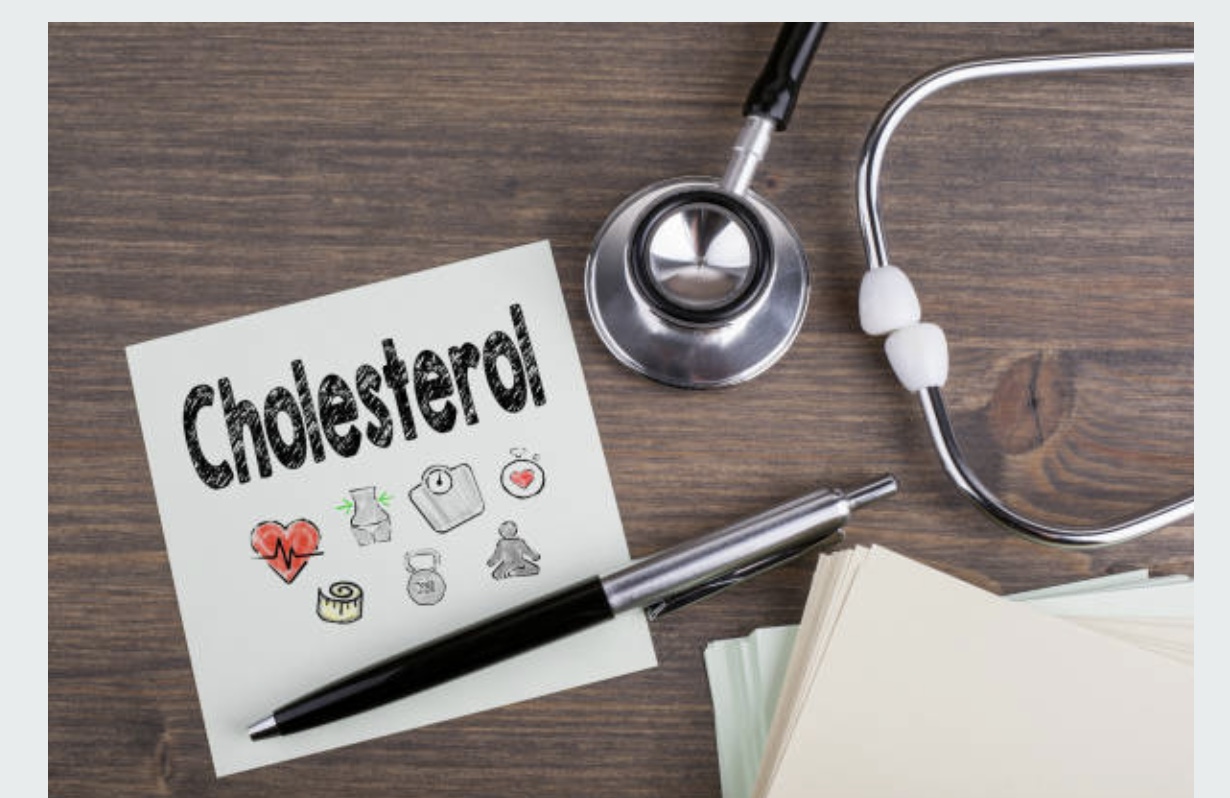Visitors have accessed this post 206 times.
 High cholesterol is a common health condition that can lead to various complications if left untreated. Although high cholesterol levels in the blood are usually asymptomatic, there are some signs that can indicate its presence, including changes in the appearance of the fingers and toes.
High cholesterol is a common health condition that can lead to various complications if left untreated. Although high cholesterol levels in the blood are usually asymptomatic, there are some signs that can indicate its presence, including changes in the appearance of the fingers and toes.
In this article, we will discuss the signs of high cholesterol in fingers and toes, the causes of high cholesterol, and ways to lower cholesterol levels.
Signs of high cholesterol in fingers and toes
- Yellowish patches
One of the most noticeable signs of high cholesterol in the fingers and toes is the appearance of yellowish patches on the skin. These patches, called xanthomas, are formed by the accumulation of cholesterol in the skin cells. Xanthomas can appear anywhere on the body but are most commonly found on the elbows, knees, hands, feet, and buttocks. Xanthomas are usually painless and harmless, but they can be a sign of an underlying health condition such as high cholesterol, diabetes, or liver disease. If you notice any yellowish patches on your skin, it is important to see a healthcare provider to determine the underlying cause.
2.Thickened tendons
Another sign of high cholesterol in the fingers and toes is the thickening of tendons. Tendons are the connective tissues that attach muscles to bones. In people with high cholesterol levels, tendons can become thicker and more prominent, especially in the fingers, toes, and Achilles tendon (the tendon that connects the calf muscles to the heel bone). The thickening of tendons is caused by the deposition of cholesterol and other lipids in the tissues. This condition is called tendon xanthoma and can be a sign of familial hypercholesterolemia, a genetic condition that causes high cholesterol levels.
3.Numbness and tingling
High cholesterol can also affect the nerves in the fingers and toes, leading to numbness and tingling sensations. This condition is called peripheral neuropathy and can occur when high cholesterol levels damage the blood vessels that supply oxygen and nutrients to the nerves.
Peripheral neuropathy can cause various symptoms, including numbness, tingling, burning, and shooting pain in the affected areas. In severe cases, peripheral neuropathy can lead to muscle weakness, loss of coordination, and difficulty walking.
4.Poor circulation
High cholesterol can also affect the circulation in the fingers and toes, leading to poor blood flow and coldness in the extremities. This condition is called peripheral artery disease (PAD) and occurs when the arteries that supply blood to the legs and feet become narrowed or blocked by fatty deposits.
PAD can cause various symptoms, including coldness, numbness, tingling, cramping, and pain in the legs and feet. In severe cases, PAD can lead to ulcers, infections, and even gangrene (tissue death).
Causes of high cholesterol
High cholesterol is caused by a combination of genetic and lifestyle factors. Some people are genetically predisposed to high cholesterol levels and may develop the condition even if they have a healthy diet and lifestyle. Other people may develop high cholesterol due to poor dietary habits, lack of physical activity, obesity, smoking, and other risk factors.
The main types of cholesterol are low-density lipoprotein (LDL) and high-density lipoprotein (HDL). LDL cholesterol is often referred to as “bad” cholesterol because it can build up in the arteries and increase the risk of heart disease and stroke. HDL cholesterol is often referred to as “good” cholesterol because it helps remove LDL cholesterol from the arteries.
Ways to lower cholesterol levels
Healthy diet
One of the most effective ways to lower cholesterol levels is to adopt a healthy diet. A healthy diet should be low in saturated and trans fats and high in fiber, fruits, vegetables, and whole grains. Saturated and trans fats are found in many processed foods, fried foods, and fatty meats, and can raise LDL cholesterol levels. Fiber, fruits, and vegetables are rich in nutrients and can help lower LDL cholesterol levels. Whole grains are also high in fiber and can help regulate blood sugar levels.
Exercise
Regular exercise can also help lower cholesterol levels. Exercise can increase HDL cholesterol levels and improve circulation, which can reduce the risk of PAD and peripheral neuropathy. Exercise can also help control weight and improve overall cardiovascular health.
Medications
In some cases, medications may be needed to lower cholesterol levels. Statins are a type of medication that can lower LDL cholesterol levels by inhibiting an enzyme in the liver that produces cholesterol. Other medications, such as bile acid sequestrants and niacin, can also lower LDL cholesterol levels.
Lifestyle changes
In addition to diet and exercise, there are several lifestyle changes that can help lower cholesterol levels. Quitting smoking can improve overall cardiovascular health and reduce the risk of PAD and peripheral neuropathy. Limiting alcohol intake can also help lower cholesterol levels and reduce the risk of liver disease.
Regular health checkups
Regular health checkups can also help detect high cholesterol levels and other health conditions. Healthcare providers can perform blood tests to measure cholesterol levels and other markers of cardiovascular health. Regular checkups can also help monitor the effectiveness of diet and lifestyle changes and medication therapies.In conclusion, high cholesterol can have various signs in the fingers and toes, including yellowish patches, thickened tendons, numbness and tingling, and poor circulation. High cholesterol is caused by a combination of genetic and lifestyle factors, and can lead to various health complications if left untreated. To lower cholesterol levels, it is important to adopt a healthy diet, exercise regularly, consider medication therapies, make lifestyle changes, and attend regular health checkups. If you notice any signs of high cholesterol, it is important to see a healthcare provider to determine the underlying cause and receive appropriate treatment.
